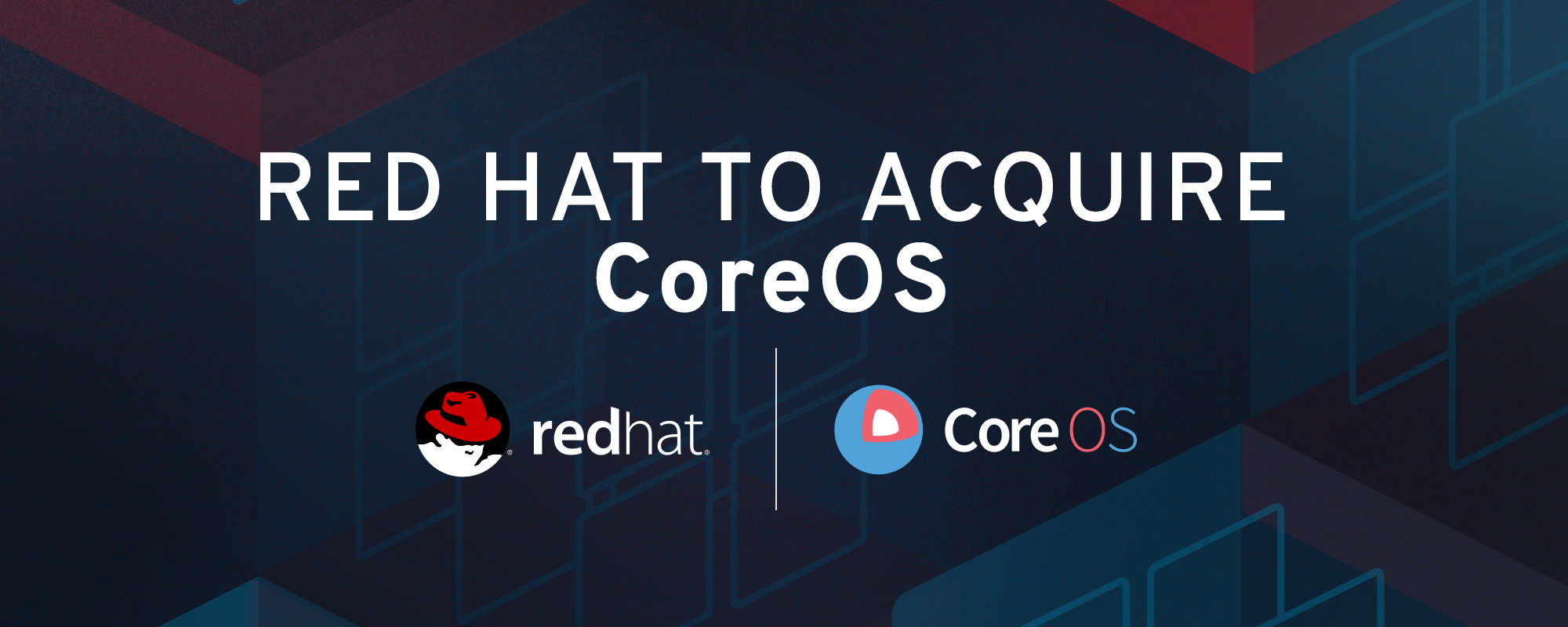
More than four years ago Red Hat made a bet. We bet big on containers as the future for how applications would be built, deployed and managed across the hybrid cloud. We bet on the emergence of new industry standards for container runtime, format, orchestration and distribution. We bet on key projects like Kubernetes to be the core of Red Hat OpenShift Container Platform. And ultimately, we bet on Linux as the foundation for this innovation, as it has been for so so many other innovations over the past 20 plus years. Specifically, we bet on Red Hat Enterprise Linux 7 as the new foundation for OpenShift 3, launched at Red Hat Summit 2015. And since that launch more than three years ago, many customers across every geography and industry vertical have bet on OpenShift to run their most critical production applications.
When Red Hat bet on Kubernetes, few people even knew how to pronounce the word. Now all of the major public cloud providers and many leading enterprise software vendors have announced plans to offer their own solutions around it. We already covered why we made the Kubernetes bet in another post. Ultimately we weren’t just betting on a technology that we thought could change the world, but we were also betting on a strategic partner in Google and both their deep expertise in distributed systems and their commitment to build a vibrant open source community around Kubernetes. Together with Google, CoreOS and so many other contributors, we’ve brought Kubernetes into the mainstream, and with Linux it is becoming the foundation for even greater innovation.
A few short years ago, while containers technology was promising, there were few others that jumped in with both feet. What seems obvious now was perceived by many as a huge risk then. One of those companies that also jumped in with both feet was CoreOS. Their commitment to Linux, to Kubernetes and to containers technology mirrored our own. They backed up that commitment by bringing the code, including investments in core projects like Container Linux, etcd, flannel, rkt and more. They have made substantial contributions to Kubernetes, often working together with Red Hat engineers, and they continue that leadership today in the form of both contributions and leadership across multiple Kubernetes special interest groups. In open source, talk is cheap and the software is free. It’s companies that commit resources to open source projects that drive communities and offer value to their customers.
Today, we are proud to welcome CoreOS to the Red Hat family. We look forward to working with the CoreOS team and their customers to continue driving innovation forward once the transaction closes. We see tremendous synergy both in our open source cultures and across our respective product portfolios. We look forward to working together over the upcoming weeks and months to explore how we bring these solutions together to further accelerate innovation and provide greater value to customers.
Ultimately, in betting on CoreOS we are betting on ourselves. We are doubling down on the commitment to open source innovation and open collaboration with communities and customers that are at the heart of who we are as a company. We are betting on our proven ability to take open source projects and build world-class enterprise products. In other words, we are betting on all the things that make us Red Hat.
While we have come a long way in the past four years, in many ways we are just getting started. The pace of innovation in Kubernetes and the cloud-native ecosystem is as rapid as ever and every week we see new innovations spring up around it. Together with the CoreOS team, we plan to be leading the way, as we always have, and we look forward to sharing more details on our work as we move forward.
关于作者
Joe Fernandes is Vice President and General Manager of the Artificial Intelligence (AI) Business Unit at Red Hat, where he leads product management, product marketing, and technical marketing for Red Hat's AI platforms, including Red Hat Enterprise Linux AI (RHEL AI) and Red Hat OpenShift AI.
产品
工具
试用购买与出售
沟通
关于红帽
我们是世界领先的企业开源解决方案供应商,提供包括 Linux、云、容器和 Kubernetes。我们致力于提供经过安全强化的解决方案,从核心数据中心到网络边缘,让企业能够更轻松地跨平台和环境运营。

